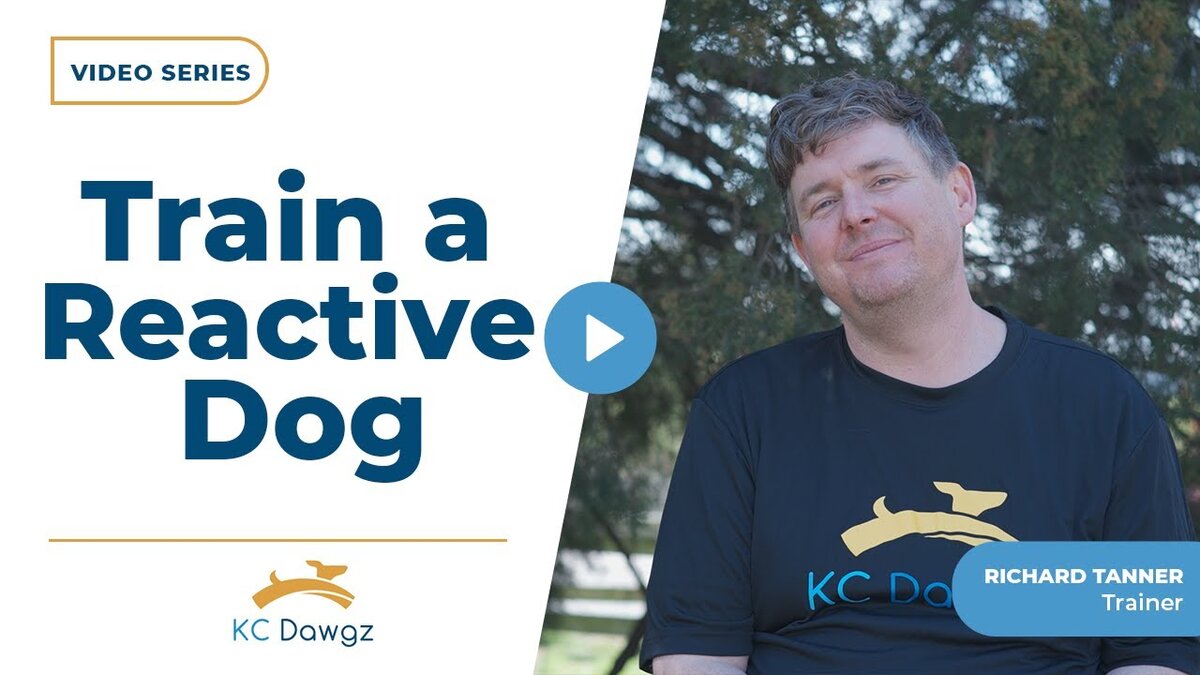Introducing a new puppy into your household can be both exciting and challenging. It’s a moment filled with anticipation, joy, and perhaps a little bit of nervousness. After all, you want the best for both your new furry addition and your current canine companion. However, the process of introducing them can be tricky, especially considering the potential for conflicting personalities and unknowns. But don’t worry. By taking the appropriate approach and understanding, you can set the stage for a harmonious bond between your current dog and successfully introduce your new puppy.
The Importance of a Structured Environment
One of the fundamental aspects of introducing your new puppy to your current dog is the establishment of a structured environment. It’s not just about letting them meet right away and hoping for the best. Instead, it’s crucial to create a controlled setting where boundaries are clearly defined. This can involve activities such as outings, walks, and group bonding sessions. By maintaining a structured environment, you can help alleviate any potential tension and create a conducive atmosphere for positive interactions.
Advocacy for Both Dogs
When introducing a new puppy, it’s essential to advocate for both your current dog and the newcomer. This means ensuring that each dog feels supported and understood. By advocating for both dogs, you can foster a sense of security and reassurance, which is vital during the initial stages of their relationship. Whether it’s through setting boundaries or providing guidance, being an advocate for both dogs can help lay the foundation for a balanced dynamic within the household.
Controlled Environment and Separation
In some cases, it may be necessary to introduce your new puppy and current dog in a controlled and separated environment. This can involve using baby gates or other barriers to create physical boundaries between them. By controlling their interactions, you can minimize any potential conflicts and gradually acclimate them to each other’s presence. Additionally, having the option for separation can provide a sense of security for both dogs, allowing them to adjust to their new dynamic at their own pace.
Different Expectations for Different Dogs
It’s essential to recognize that every dog is unique and may have different expectations when it comes to meeting a new companion. While some dogs may be eager to make friends right away, others may need more time and space to warm up to the idea. Understanding and respecting each dog’s individual temperament and preferences is key to a successful introduction. Instead of rushing the process, it’s important to take your time and allow the dogs to establish their own rhythm and comfort level.
The Role of Training and Setting Boundaries
Training plays a crucial role in facilitating a smooth introduction between your new puppy and your current dog. By teaching both dogs basic obedience commands and setting clear boundaries, you can establish a sense of order and predictability within the household. This not only helps prevent any potential conflicts but also ensures that each dog understands their role and expectations. Consistent training and reinforcement can go a long way in fostering a harmonious relationship between your canine companions.
The Importance of Socialization
Socialization is another key component of introducing your new puppy to your current dog. By exposing them to various environments, people, and animals from an early age, you can help them develop essential social skills and confidence. Additionally, socialization can help set a positive expectation for behavior, making the transition smoother for both dogs. Whether it’s through puppy classes, playdates, or outings, providing ample opportunities for socialization can greatly benefit their overall well-being and relationship.
Mixed Opinions on Adding a New Dog
It’s important to acknowledge that opinions on adding a new dog to the family can vary widely. While some may have seamless experiences, others may encounter challenges that require patience and effort to overcome. Every situation is unique, and it’s essential to approach the introduction process with an open mind and a willingness to adapt. By being prepared for potential hurdles and staying committed to building a strong foundation, you can increase the likelihood of a successful integration between your new puppy and your current dog.
In Summary
Introducing your new puppy to your current dog is a significant milestone that requires careful planning and consideration. By creating a structured environment, advocating for both dogs, and prioritizing training and socialization, you can lay the groundwork for a harmonious relationship. Remember to be patient, flexible, and proactive in addressing any challenges that may arise. With time and dedication, your canine companions can become the best of friends.
If you have any further questions or need assistance to successfully introduce your new puppy to your current dog, feel free to contact us for personalized guidance and support.






